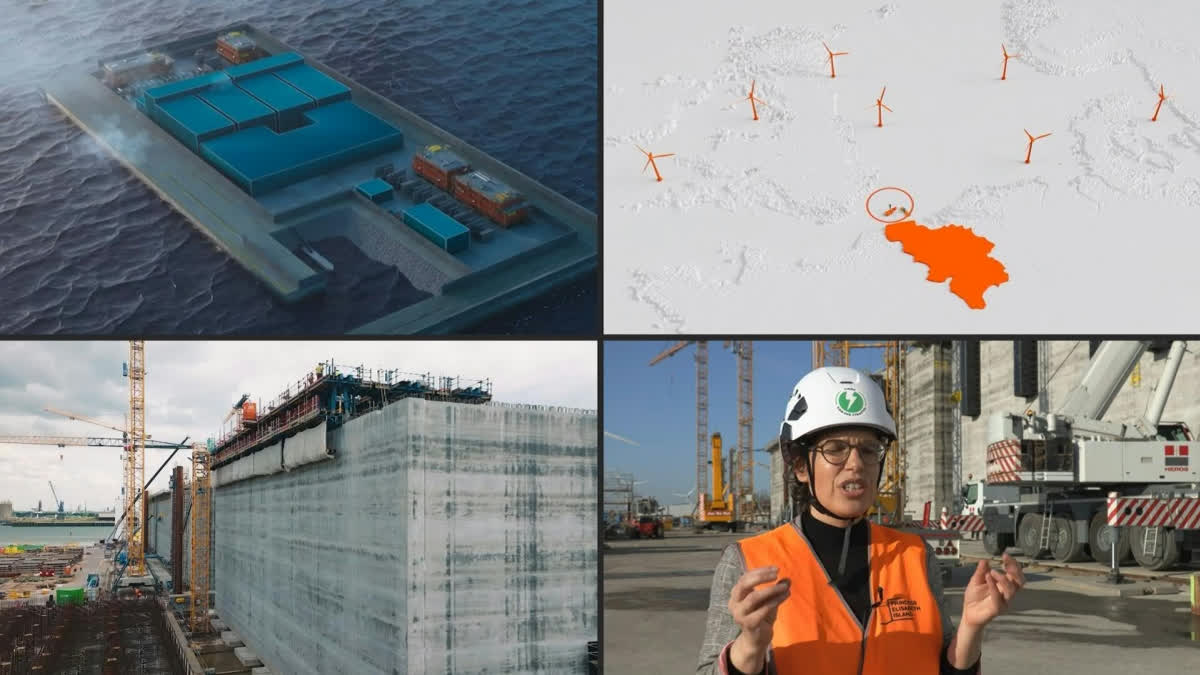Vlissingen (Netherlands):At a shipyard on the North Sea, workers in luminiscent vests are building dozens of massive, hollow concrete boulders, each the size of an apartment block. These are to be floated out to sea and sunk to become the foundations of a giant Belgian green energy development -- a world first -- which is itself, however, in choppy waters amid surging costs.
Named after Belgium's Princess Elisabeth, the "energy island" was launched in 2021 to support a huge expansion in wind energy production that would drastically reduce the country's dependence on planet-warming fossil fuels. But supply chain snags have made costs more than triple to more than seven billion euros ($7.56 billion), according to some estimates, sparking calls for construction to be stopped at a time of growing political pushback against ambitious green targets across Europe.
"This cost increase is a huge worry," Belgium's energy minister Tinne Van der Straeten told AFP. Just over 10 percent of Belgium's energy supply comes from renewable sources, the government says. Nuclear, gas and oil provide the bulk of its needs, according to the International Energy Agency.
But Belgium will have to lower its dependence on fossil fuels as a European Union target requires 42.5 percent of the bloc's energy to be renewable by 2030. "That's why we need transformative projects, huge projects like this," said Van der Straeten, sporting a yellow construction helmet during a visit to the shipyard in Vlissingen, a Dutch port near the Belgian coast.
- 'Multiple sockets' -
Belgium plans to install 3.5 gigawatts of offshore wind capacity in coming years -- enough to cover 30 percent of the country's needs, according to the government. Building an artificial island is what Belgian grid operator Elia believes is the most efficient way of bringing that energy to shore.
Located 45 kilometres (28 miles) off the coast, the island will host transformers and bundle together undersea cables to bring electricity to land. It will also connect the Belgian grid with wind-power-producing North Sea neighbours, such as Britain and Denmark, allowing for a more stable energy supply.
The island is like "an extension cord with multiple sockets", said Joannes Laveyne, a researcher at Ghent University. Proponents say placing it at sea avoids Nimbyism -- "not in my backyard" -- complaints from locals in a densely populated nation, and shortens international connections. Proximity to wind farms reduces energy losses.
